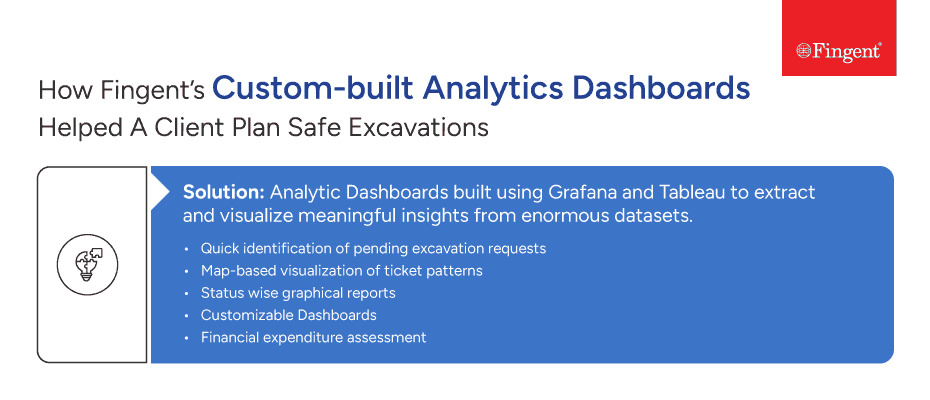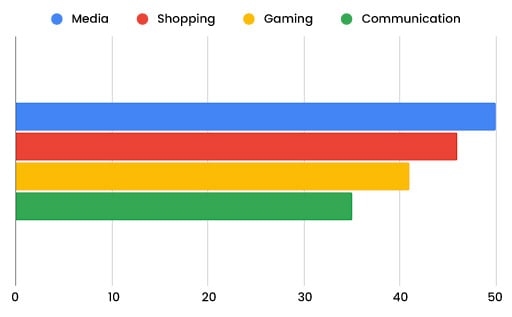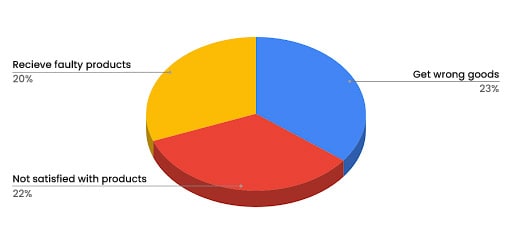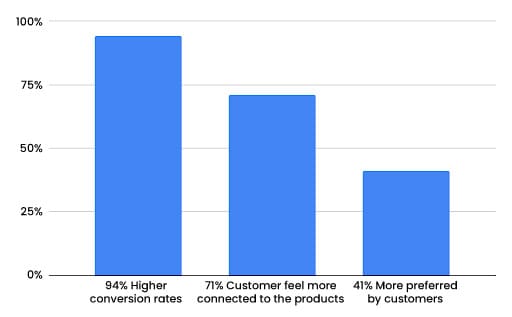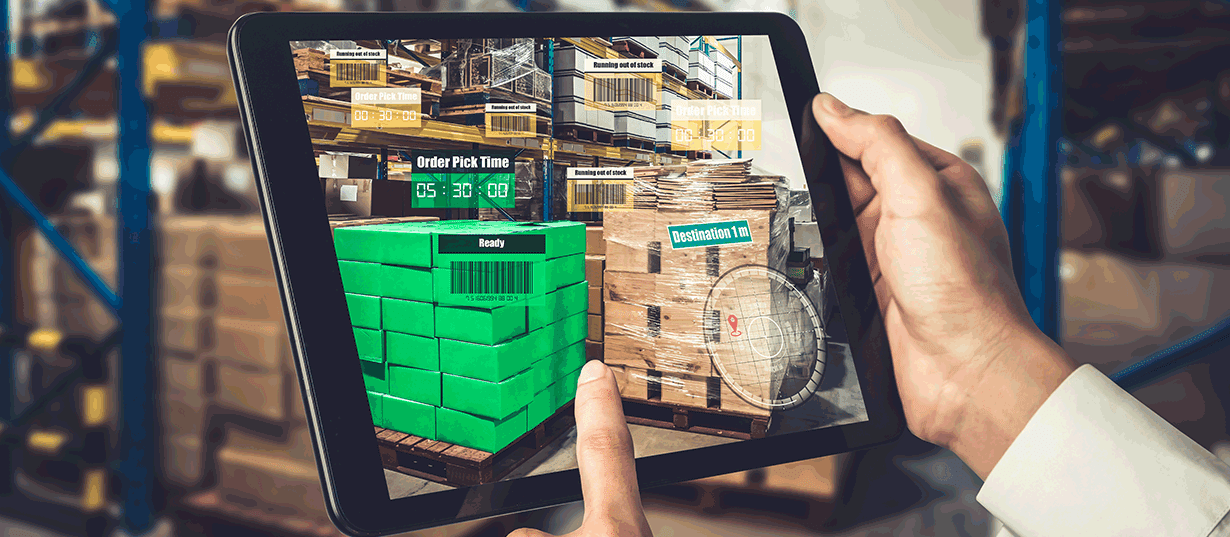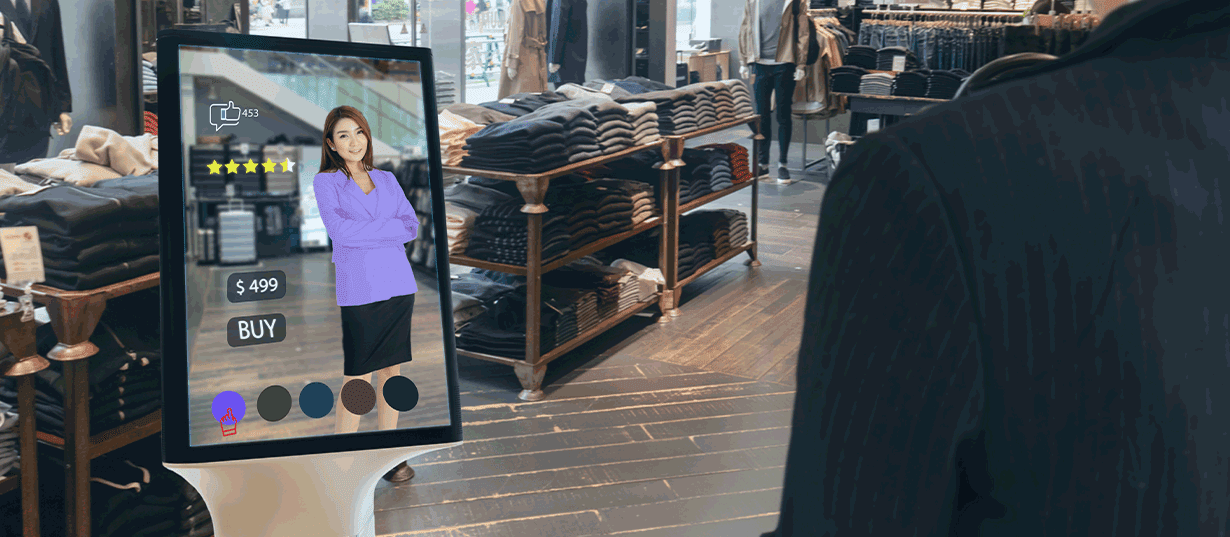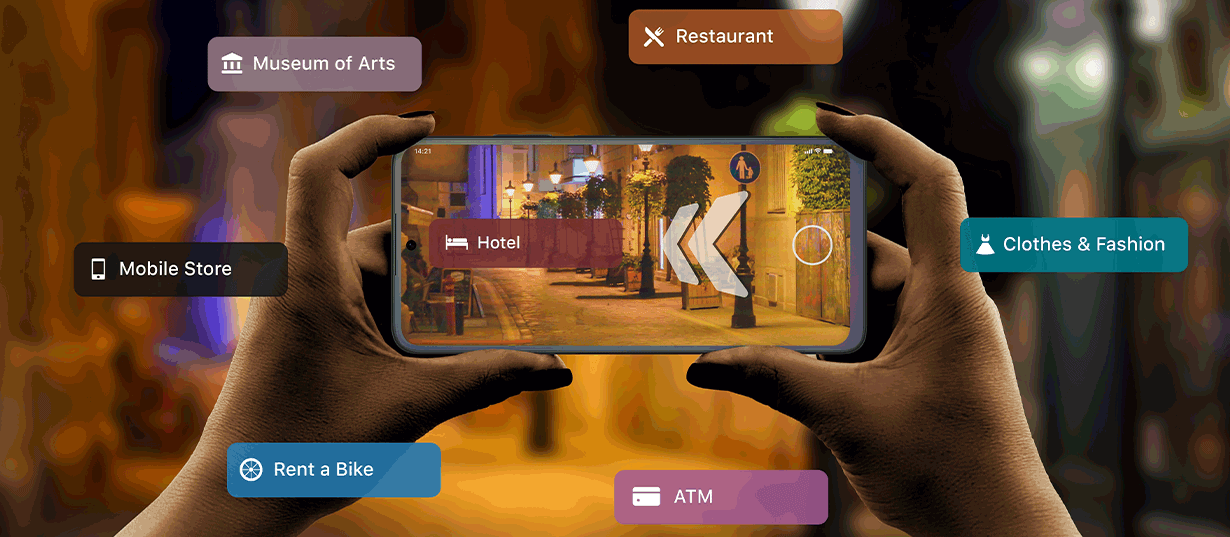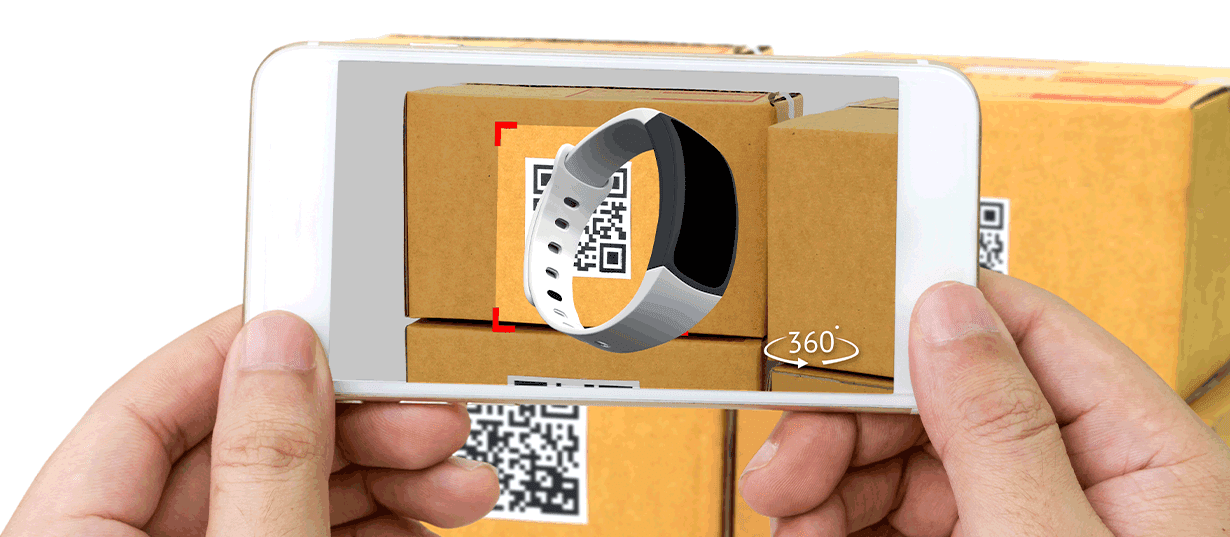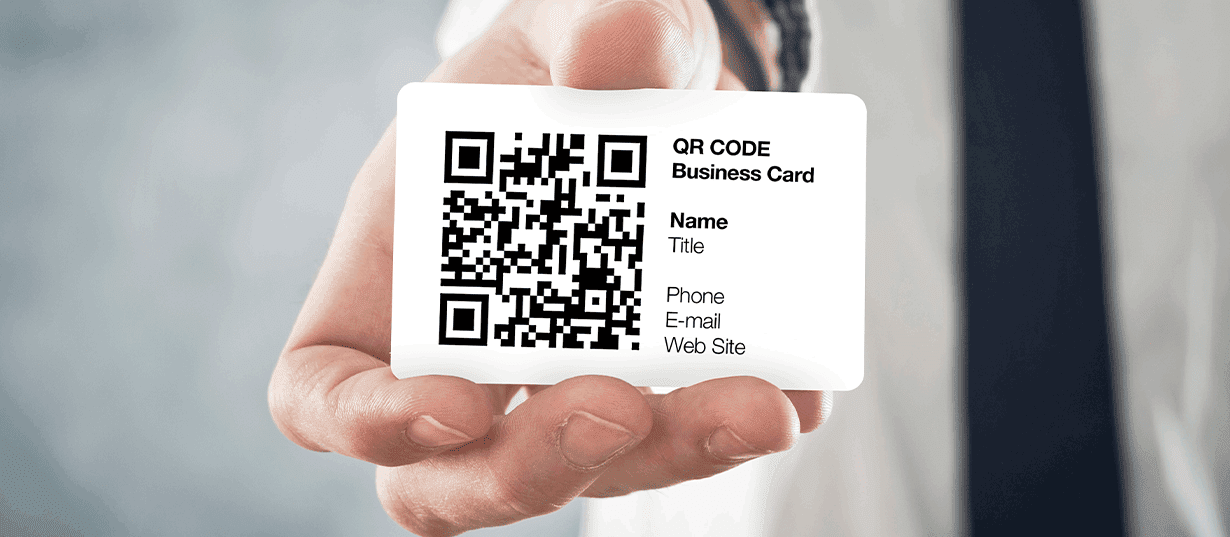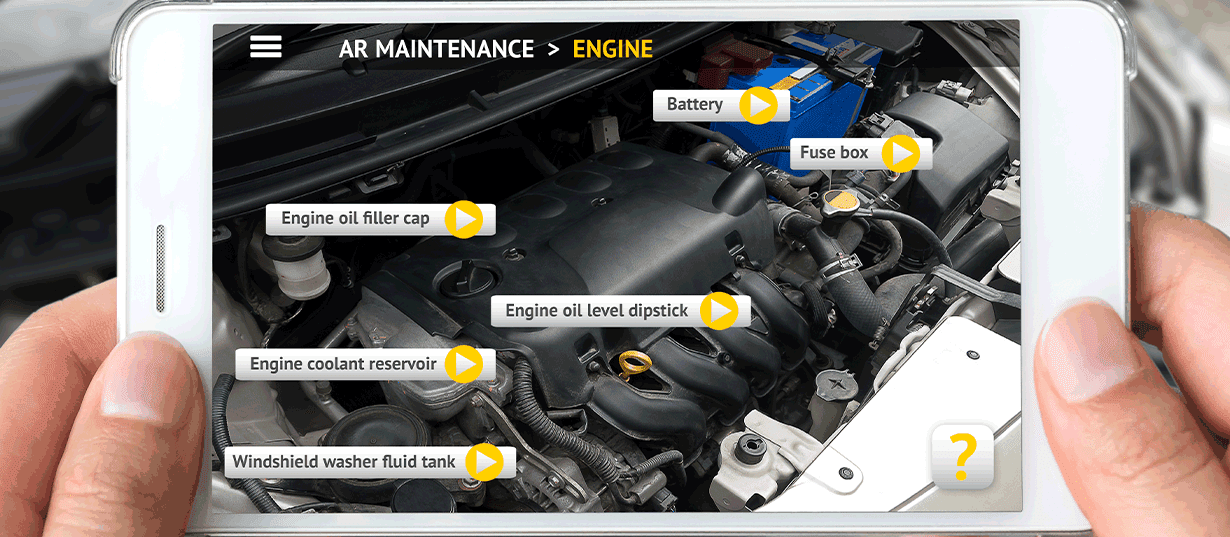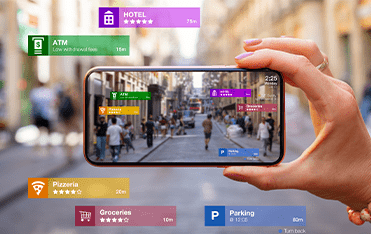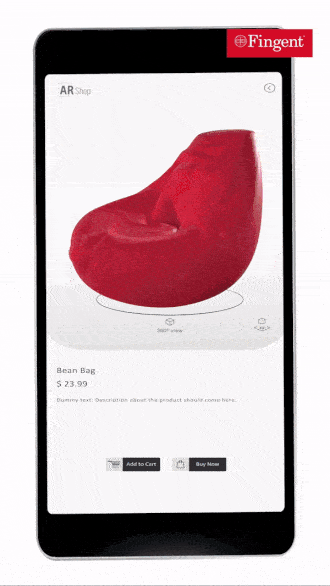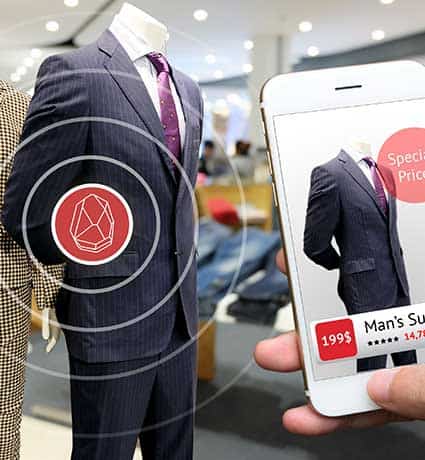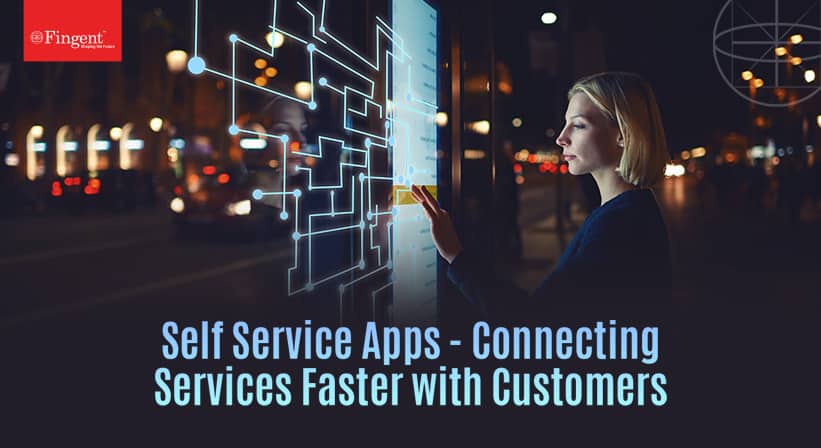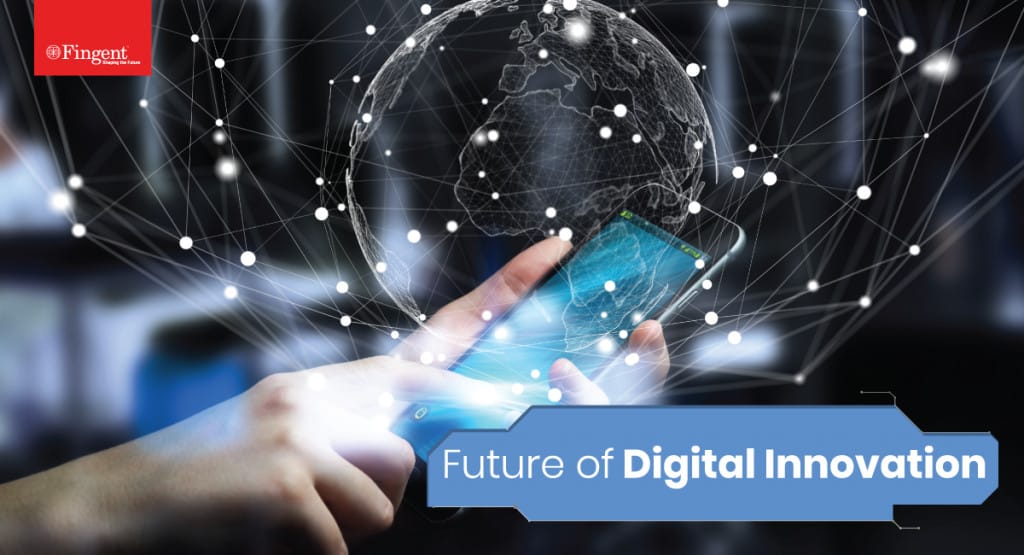Will Magento checkout optimization revolutionize online shopping and give it the personalization twist it needs?
Have you ever stood in a long billing line, holding your items, only to walk away because it was just taking too long? Online shopping is not that different. In fact, digital impatience is worse. One glitch, one extra step, one second too long—and poof—your customer disappears. No goodbye. No second chance.
So here is the million-dollar question:
If your product is great and your marketing is solid, why aren’t people completing their purchases?
For many Magento-powered businesses, the culprit is hiding in plain sight: the checkout flow.
While Magento is celebrated for its customizability and scalability, its real superpower lies in giving you total control over the buying experience. But power doesn’t equal polish—not by default, at least. That’s where Magento checkout optimization becomes your secret weapon. Not a luxury. A necessity.
In this blog, we’ll explore exactly how to create a seamless checkout experience in Magento by approaching it from the customer’s point of view. We’ll explore best practices for Magento 2 checkout design, sprinkle in real-world examples, and dive into how Magento checkout optimization can not just help you win clicks but also help you win conversions.
Is Magento Checkout Optimization a Necessity?
Let’s talk data.
According to Baymard Institute, on average, 70.19% of people abandon their carts across all industries. This indicates that seven out of ten customers who add items to their cart do not complete the purchase. That’s not a leaky funnel—that’s a waterfall. But here’s the kicker: nearly 18% of those users abandon their cart specifically because the checkout process is too long or complicated.
Think about that.
You might be losing nearly 1 in 5 sales because your checkout feels like a maze instead of a straight road. Magento gives you the tools. But whether you wield them to create friction—or flow—that’s up to you.
Short answer: Yes, Magento Checkout Optimization is a necessity.
Because a great checkout experience doesn’t just complete the sale—it builds trust, loyalty, and maybe even a five-star review.
It’s Time to Up Your Ecommerce Game With The Latest In Magento Partner Now With a Reliable Tech Advisor
What is Seamless Checkout?
“Seamless checkout” gets thrown around like confetti in the eCommerce world. But what does it really mean?
Here’s the simple explanation:
When the checkout process is smooth, the customer barely notices it. It feels intuitive, effortless—even pleasant. No unnecessary clicks. No confusing forms. No spinning wheels of doom.
But let’s dig deeper:
A seamless checkout removes friction at every step. It is not just about speed (though that matters). It is about clarity, trust, and flow. When customers reach your checkout page, they should feel like they’re already halfway to owning the product—not like they’re starting a paperwork process.
Here’s a fact that you must know:
A 2024 Statista study found that 25% of American online shoppers abandoned their carts. The reason? Because they were hesitant to give the website their credit card information. That’s not a product issue. That’s a checkout design issue.
So, ask yourself—
Does my checkout page inspire confidence or cause reluctance?
This is where you need Magento checkout optimization. To reduce friction and increase conversions, you can improve Magento’s checkout flow. Not just by removing extra steps, but by creating a flow that feels right.
How Does the Typical Magento Checkout Appear?
Similar to a compact toolbox, Magento’s default checkout has all the tools you need, but you still need to know how to use them.
Magento 2 provides a two-step checkout process by default:
Shipping – where the online buyer inputs their address
Payment – where they choose the payment method and review the order
Sounds simple, right? On paper, it is. But in practice? Things get clunky fast if you don’t customize.
What usually occurs with the unconventional setup is as follows:
- When viewed on mobile devices, the form fields appear tedious.
- Some steps (like login prompts or coupon codes) feel like roadblocks, not options.
- The loading time between steps adds friction.
- The lack of visual cues or trust signals makes people hesitate
It is like giving someone directions with no landmarks. Technically correct. Functionally poor.
Without Magento checkout optimization, the default flow can feel generic and disconnected from the brand experience. You risk turning excited buyers into frustrated quitters. And here’s the issue: if customers don’t enjoy the checkout process, they don’t remember the product—they remember the pain of buying it.
Magento’s default flow asks for this upfront unless you change it.
Bottom line: the default works. But it is not optimized for your customer. That’s why the next step is learning how to create a seamless checkout experience in Magento that actually converts.
Stick around—as we unpack the practical strategies that turn an average checkout into a high-performing revenue engine.
What Are the Best Practices to Create a Seamless Magento Checkout Process?
Do you think optimizing your checkout is about adding fancy design elements? Or do you think it is something that saves a few seconds? No. It is about removing anything that might make your customer stop, think twice, or—worst of all—abandon their cart entirely.
So, what is the best way to improve Magento checkout UX?
Let’s break it down:
Kill the Compulsory Login Wall
The easiest way to to lose 1 in 4 customers before they even pay is to force them to register.
Statista reports that 26% of users abandon their cart when asked to create an account. Magento’s default setting pushes this right up front—big mistake.
Fix it: Enable guest checkout. Offer login as an option, not a demand. Better yet, allow account creation after purchase, when the customer is already happy.
This single tweak can dramatically improve Magento checkout optimization with almost no development effort.
Keep the Layout Clean and the Flow Linear
Your checkout is not the place for creative chaos. People want clarity and ease of navigation.
Fix it: Use a single-page or clearly defined multi-step layout. Group-related info. In other words, don’t scatter address fields on one side and shipping methods on another. It is not a puzzle. It is a purchase.
The bounce rate decreases, and the Magento checkout optimization process runs more smoothly with a nicer user interface.
Show Progress, Not Confusion
Ever been in a checkout where you’re not sure if you’re on Step 2 or Step 5? It is like being on a highway with no signs.
Research from Gartner shows that companies that offer seamless digital shopping have 25% happier customers and 20% more repeat sales.
Fix it: Add a visual progress bar or step indicator. Let people know where they are and what’s left. It reduces anxiety and builds trust.
This is one of the fastest ways to improve Magento checkout flow without touching your backend logic.
Autofill and Validate Smartly
Typing out an address on a mobile can be a frustrating ordeal for many.
Fix it: Use address autocomplete APIs and real-time form validation to make life easier. When users see you catching typos or filling in data for them, it builds confidence.
The goal? Make your checkout feel like it is helping, not testing them.
This directly answers the question: how to create a seamless checkout experience in Magento? Start by doing the typing for the customer—when you can.
Load Times Matter—More Than You Think
According to Deloitte’s research, a just 0.1 second increase in site speed can result in an increase in conversion rates of more than 8.4%. That’s not a tiny bump—that’s money.
Fix it: Minimize JavaScript bloat. Use lazy loading. Optimize third-party scripts. Don’t let “Apply Coupon” buttons trigger a full page reload.
Remember, every unnecessary delay is a sales leak.
For effective Magento checkout optimization, speed is not a feature—it is a foundation.
Offer Multiple Payment Options (Including Local Ones)
Support for wallets, UPI, BNPL (Buy Now, Pay Later), cards, and even regional options is now table stakes. If you’re limiting payment methods, you’re limiting customers.
And trust matters. According to Statista (2023), 21% of U.S. shoppers abandon their cart if they don’t see the cost upfront.
Fix it: Ensure that your payment mechanisms are secure and easily identifiable. Let the logos speak. Add security badges. Build confidence.
Mobile-First Is not Optional—It is Survival
Mobile users account for more than 60% of all eCommerce traffic according to Statista 2024. Yet, most checkouts still feel like they were built for desktops and squished down.
Fix it: A responsive design is not enough. You need mobile-intent UX.
Think bigger buttons, fewer taps, auto-focus fields, and tap-friendly layouts. That is how to improve Magento checkout flow, where most of your traffic lives—on phones.
Confirm, Don’t Confuse
The final confirmation page is your victory lap. Don’t trip at the last step.
Fix it: Provide a concise order summary with delivery information. It is also prudent to mention estimated delivery and a thank-you message. Better yet, give customers an option to track their order or share it socially.
The best Magento checkout optimization flows don’t end at payment—they continue until the customer feels assured.
Reduce Visual Noise — Let the Customer Think Less
Most checkout pages are louder than they should be. Pop-ups, header navs, side banners, newsletter prompts—why?
This is a critical moment. The user is going to give up some of his/her money. Emotionally, that’s huge.
Fix it: Strip down the checkout page. Remove the main site header and footer. Cut any competing CTAs. Your entire design should whisper, “Just finish this order.”
This single decluttering step alone can boost conversions, especially on mobile.
Use Smart Defaults — Don’t Make Them Choose Everything
Here’s a strange but true fact: people are more likely to go with a default selection, even if it is not ideal.
It is called choice architecture—a behavioral science principle. If you make them choose between 3 shipping methods, they pause. That pause? It kills conversions.
Fix it: Pre-select the most popular shipping and payment options. Use customer location to auto-select relevant currency or region-specific details.
Make the default the best option 80% of the time—and watch how fast people fly through checkout. This is Magento checkout optimization done with brain science.
Exit-Intent Recovery Inside Checkout
Most people add exit-intent popups on product pages. But what about inside the checkout?
That’s like guarding your front gate, but leaving the vault wide open.
Fix it: If a user moves their cursor toward the back button or close tab, trigger a gentle prompt. Maybe a “Need help finishing?” message or a live chat button. Even better—offer a time-limited discount.
You’re not interrupting. You’re offering help exactly when they’re on the fence.
Language Matters: Microcopy That Calms, Not Confuses
Words like “Billing Info,” “Shipping,” or “CVV” may seem obvious. But not to everyone.
Fix it: Use plain language. Replace “CVV” with “3-digit security code (on the back of your card).” Use phrases like “We’ll never share your info” near email fields. Add hover tooltips for anything remotely confusing.
Calm customers click faster. And confidently.
This is an underrated way to improve Magento checkout UX, especially with global shoppers.
Make Repeat Buyers Feel Known—Not Monitored
Think about it. Why should someone who’s shopped before start from scratch?
They shouldn’t.
Fix it: Use Magento’s built-in customer session data to pre-fill saved addresses, suggest previously used shipping options, or greet them by name (“Welcome back, Ashley!”). You can do this even without forced logins, using browser cookies.
It is a subtle way to improve Magento checkout flow while building long-term brand loyalty.
Test With Real Humans, Not Just Developers
A developer may say, “It works fine on my machine.”
But your customer? They’re using a budget Android phone, standing in line at a noisy cafe, with one bar of signal and two cranky kids.
Fix it: Do user testing in the wild. Give your neighbor, your intern, or your grandmother a cell phone. Watch where they struggle. You’ll learn more in 20 minutes than from 3 hours of debugging.
You’re not just building code. You’re building trust—and that means thinking human. This is the unsung hero of Magento checkout optimization—real-world testing, outside the bubble.
Magento based B2B Ecommerce Platform for a Leading Healthcare Company
Read Full Case Study Now!
How Fingent Helps Build Better Customer Experiences with Magento
When it comes to crafting a seamless Magento checkout optimization strategy, Fingent is not just another tech partner—we are the team that turns friction into flow and browsers into buyers.
Custom Checkout Experiences That Convert
Fingent doesn’t believe in cookie-cutter solutions. Every Magento checkout is customized to meet the goals of your brand and the expectations of your clients. Whether it is simplifying the checkout flow or integrating intuitive payment options, we ensure that the checkout process is as smooth as possible, directly addressing the need to improve Magento checkout flow.
Seamless Payment Integrations
Security and convenience are paramount in online transactions. Fingent integrates secure payment gateways, including Mastercard, to provide customers with trusted and efficient payment options. This increases trust and improves the user experience. This is a crucial factor in Magento checkout optimization.
Insights Informed by Data for Ongoing Enhancement
Grasping customer behavior is essential for improving the checkout experience. We use data analytics to understand user interactions, enabling informed choices to consistently enhance the Magento checkout process.
Expandable Solutions for Developing Companies
As your company expands, so do your requirements. We at Fingent create scalable Magento solutions that can accommodate growing traffic and broader product ranges, guaranteeing that the checkout process stays efficient and effective.
Continuous Assistance and Upkeep
The digital environment is continuously evolving. We offer ongoing support and maintenance, guaranteeing that your Magento platform stays current with the newest features and security updates, vital for ongoing optimization of Magento checkout.
Final Thought
In the realm of e-commerce, the checkout process is where conversions happen—or don’t. Because the best checkout is the one they barely remember.
Fingent’s all-encompassing strategy for Magento checkout optimization guarantees that each element of the checkout process is optimized for efficiency, safety, and customer contentment.
Prepared to convert your Magento checkout into a smooth, conversion-boosting experience? Fingent possesses the knowledge and the resources to bring it to fruition. Let’s talk.












